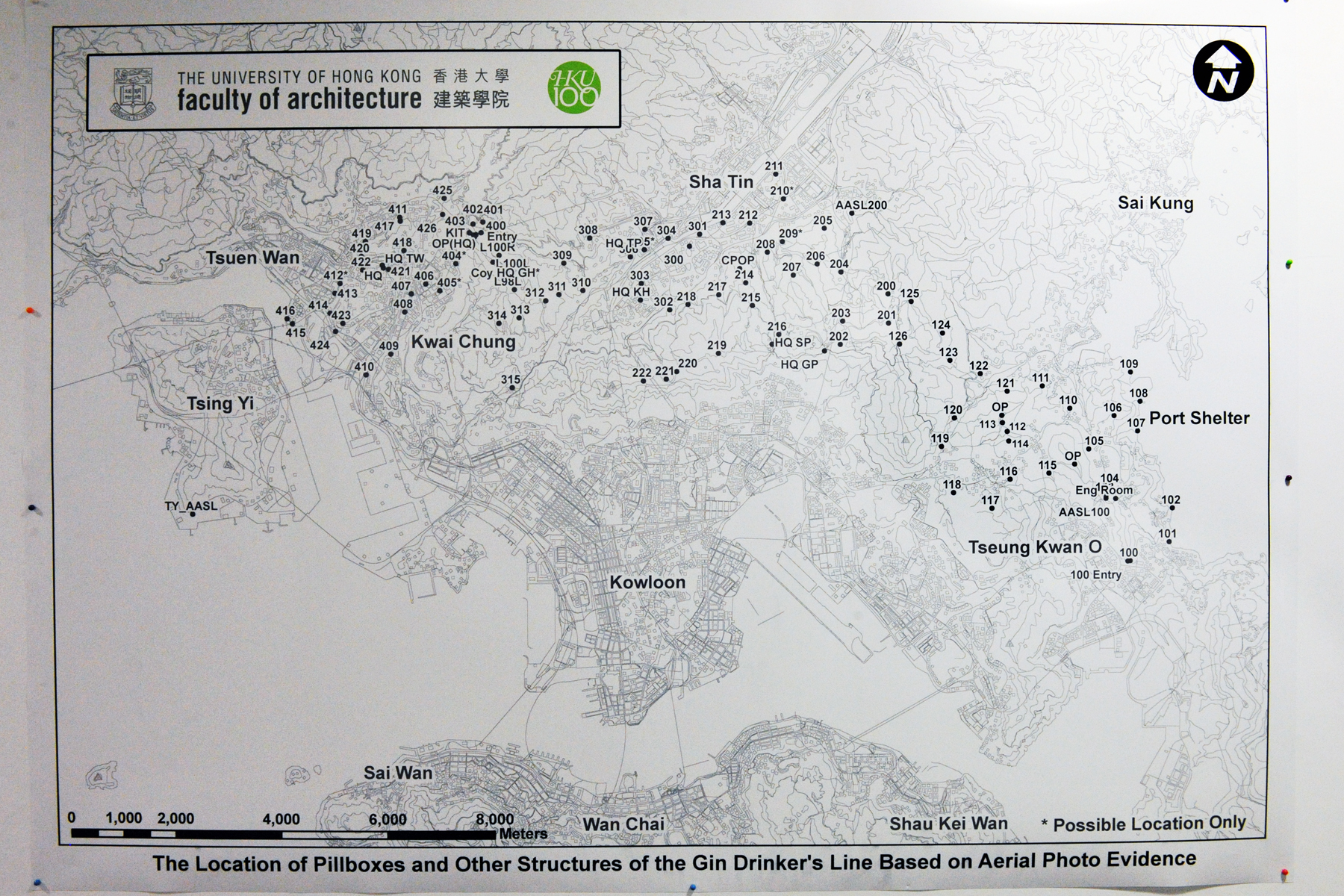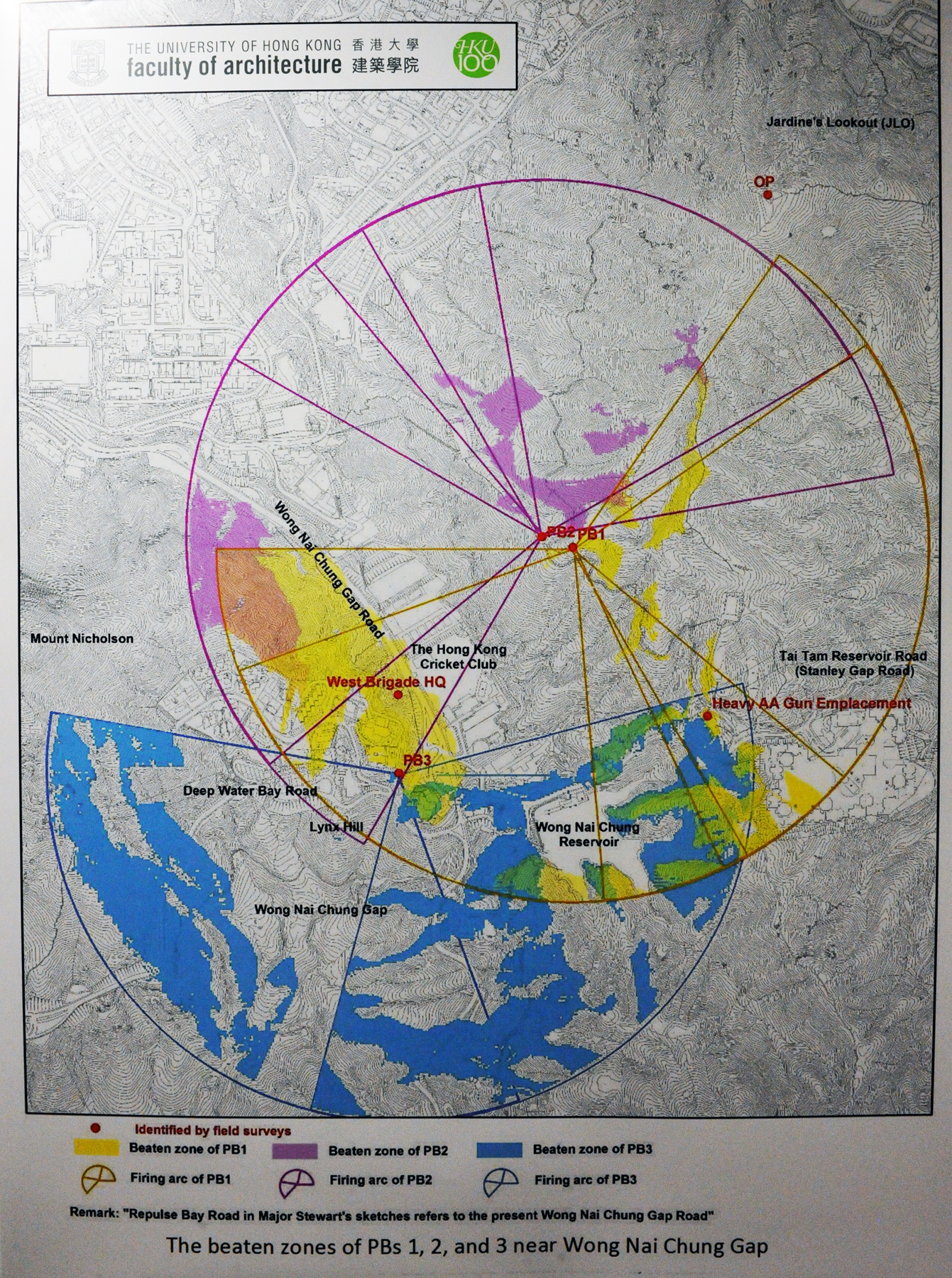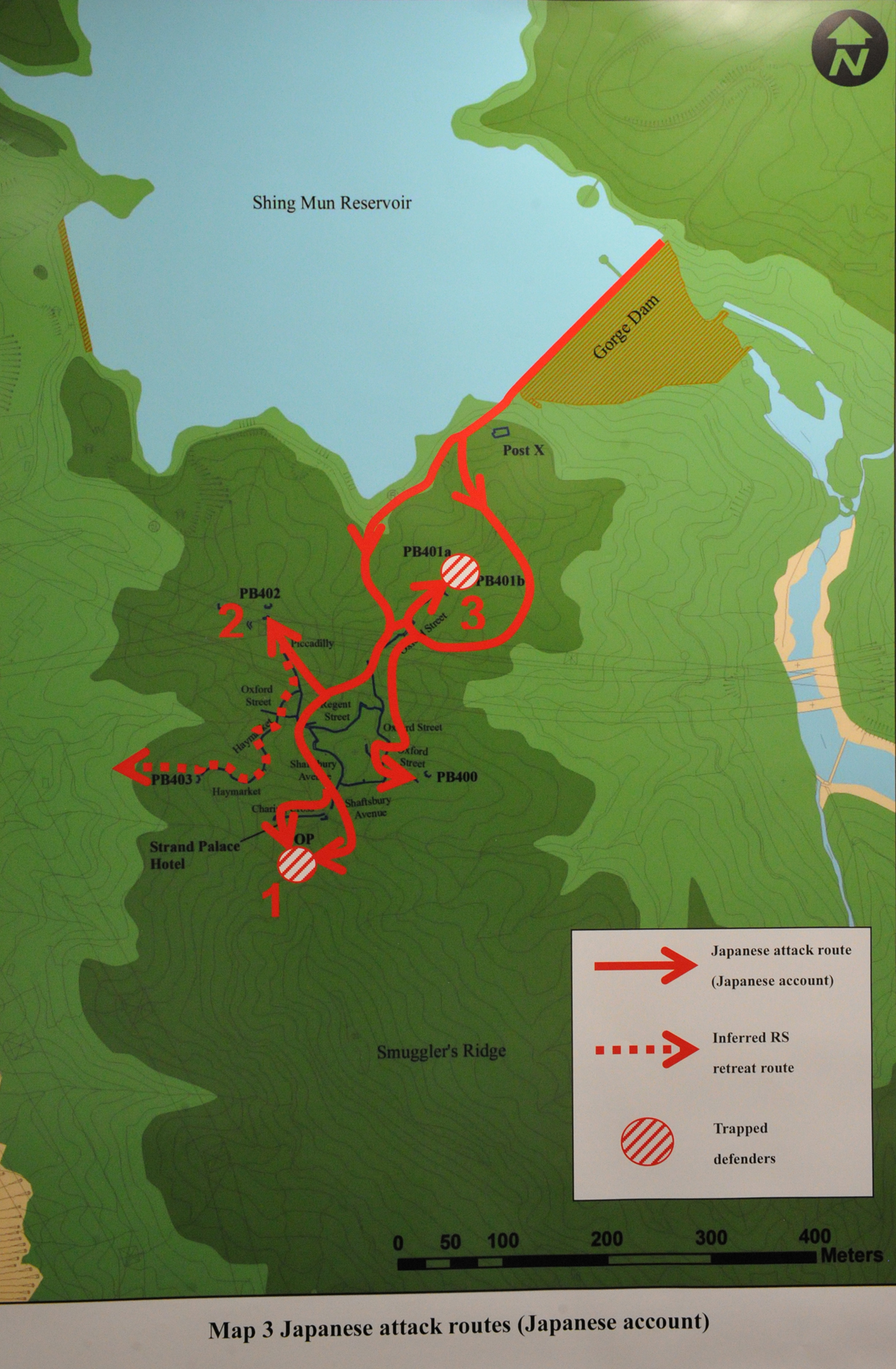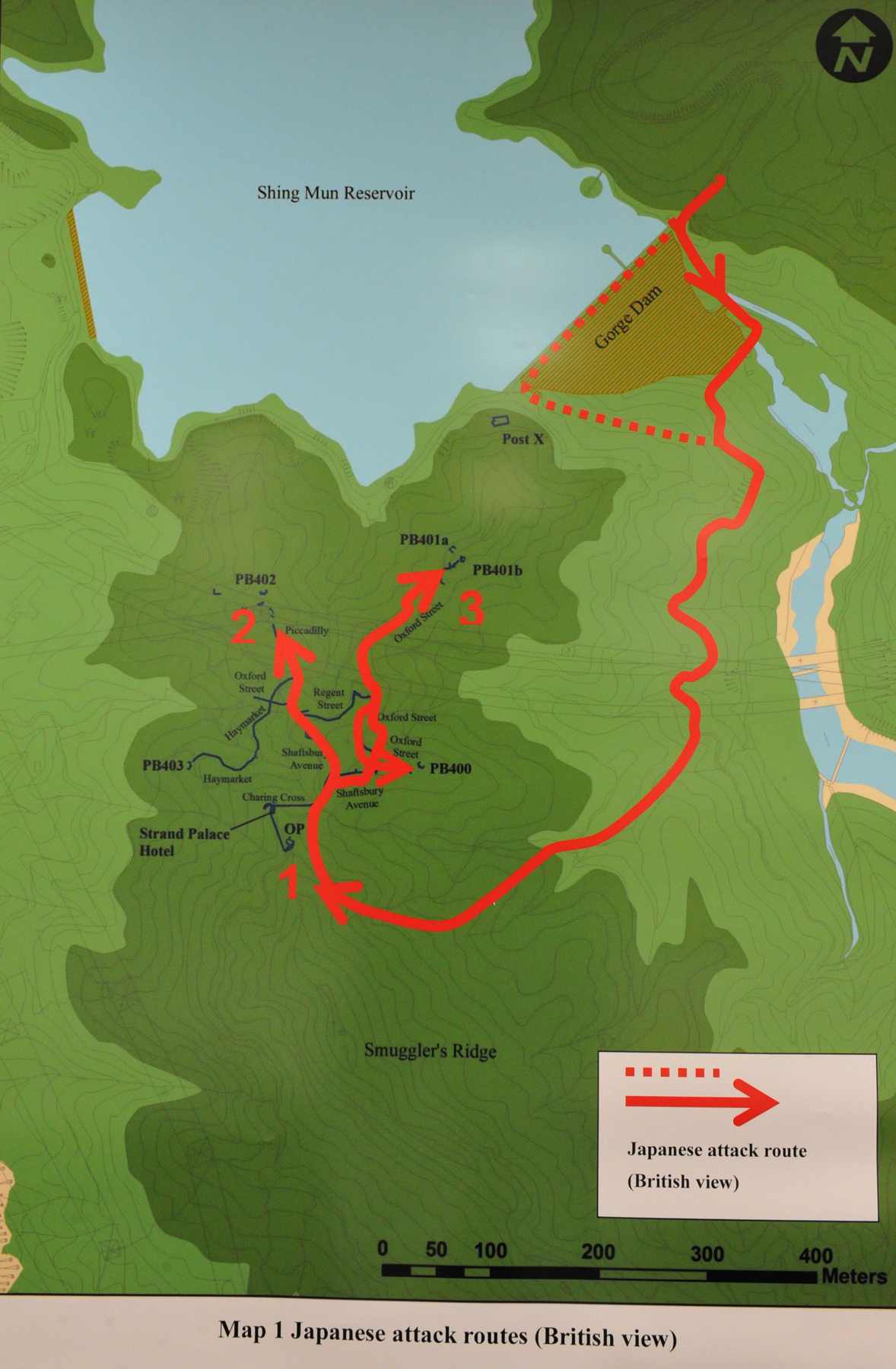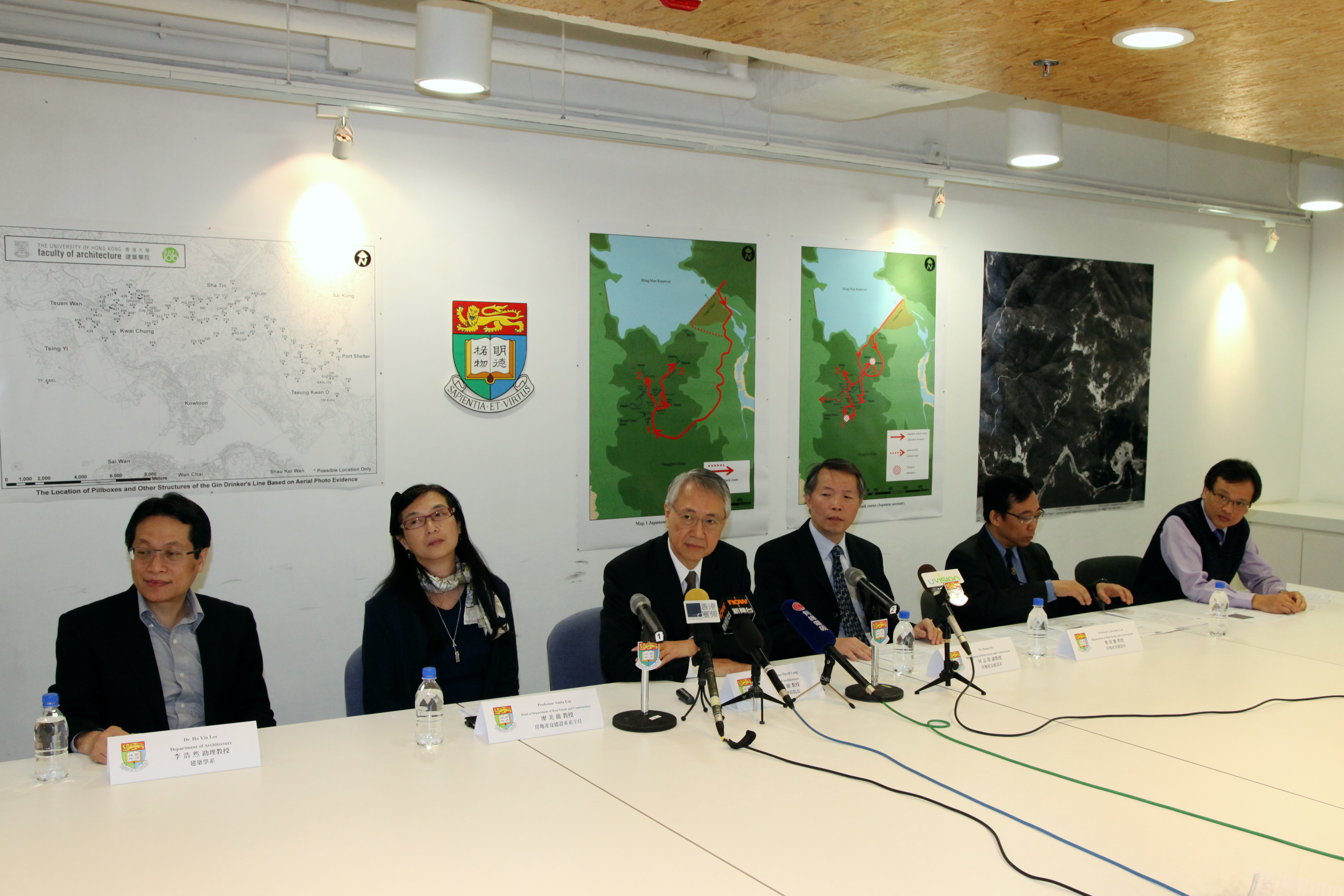Media
HKU Faculty of Architecture releases research findings on WWII Defence Structures in Hong Kong
08 Dec 2011
The Faculty of Architecture of the University of Hong Kong (HKU) released today (December 8, Thursday) on the 70th anniversary of the Battle of Hong Kong a comprehensive survey on the British and Japanese World War II military installations in Hong Kong.
Dean of Architecture Professor David Lung, Project Manager and Head of Department of Real Estate and Construction Professor Anita Liu, project team members Dr. Daniel Ho and Professor Lawrence Lai of the Department of Real Estate and Construction, and Dr. Ho Yin Lee of the Department of Architecture addressed the media at the press conference.
An inter-disciplinary research team of the Faculty, in collaboration with experts and enthusiasts in the community, has taken years to conduct land surveys on key military structures including gun batteries, pillboxes, firing trenches and tunnels along the defence lines at war and at major battlefields.
A total of 77 pillboxes have been identified along the Gin Drinker's Line, which was called "The Maginot of the East" and a major line of defense constructed in New Territories south to fence against the Japanese invasions into the Kowloon Peninsula and Hong Kong. After the war, contradictory accounts have been presented on the quick defeat of the British army at the important battle of Shing Mun Redoubt, the command base of the defense line. Surveying of the redoubt has provided insights on the flow of the battle which suggested that the Japanese's version is more convincing. More importantly, when surveying the site, researchers have identified an extended network of tunnel system which is little noticed by people in the past. The master military construction there has been left undisturbed for years and is therefore well preserved. It should be of great heritage value good for education and tourism purposes.
Moreover, at the critical battle on Hong Kong Island at Wong Nai Chung Gap, the invaders suffered high casualties due to two pillboxes held by members of the No 3 Company of the Hong Kong Voluntary Defence Corps. Some members of this company were HKU students residing in Ricci Hall. GIS analysis there has provided further evidence on the historicity of the bravery of the defenders and effectiveness of the pillboxes in the battle. A great number of other gun batteries and redoubts over the territory have also been surveyed.
The findings will be shared with the government and the public, with an aim to arouse and focus interest in and attention to needs and options of conservation for the territory's military heritage. At present, there is no single government map that shows accurately and comprehensively the key military installations. The research team hopes that the findings will provide information for incorporation in government survey maps and town plans for the purpose of conservation development, and serve as reference for formulating viable conservation strategy for specific heritage sites.
In view that military heritage has been taken by countries all over the world including the Mainland as of great heritage importance and various conservation policies are in place for preservation and rehabilitation of these structures, the research team suggested the government to consider adopting a similar conservation policy for the territory's military structures. They cited examples from the war museums at Harbin (the base of the Japanese 731 Regiment) and Tsingtao (German fortifications that witnessed ferocious fighting against the Japanese during the First World War), and heritage practices in Macau SAR to show the varieties and discuss the possible scope of the policy.
More details of the project and findings are available here: http://www.cpao.hku.hk/media/20111108press-e.doc
For media enquiries, please contact Ms Trinni Choy (Assistant Director (Media), Communications and Public Affairs Office) tel: 2859 2606 email: pychoy@hku.hk or Ms Melanie Wan (Manager (Media), Communications and Public Affairs Office) tel: 2859 2600 email: melwkwan@hku.hk.

